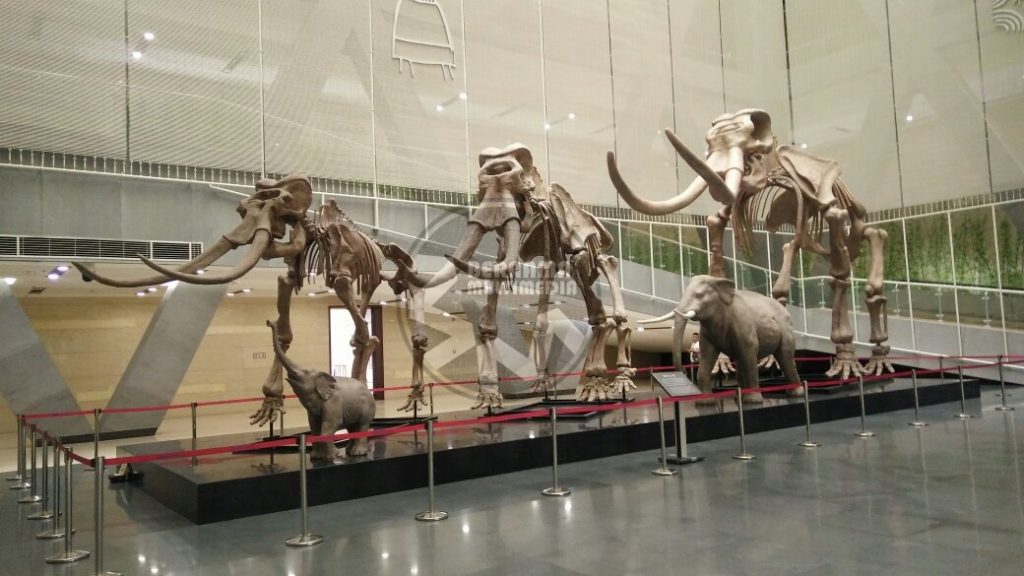
KUALA LUMPUR, Oct 9 (NNN-BERNAMA) — Universiti Malaya (UM) paleontologists have discovered the first ‘Stegodon’ elephant fossil in Malaysia, believed to be between 30,000 and 80,000 years old in a limestone cave in Gopeng, Perak.
UM in a statement today said the fossil was found by a team of researchers led by UM’s Geology Department scientist Dr Ros Fatihah Muhammad together with vertebrate paleontologist and zooarchaeologist, Lim Tze Tshen from the Paleontological Society of Malaysia.
Dr Ros Fatihah said the discovery was also following the information received from the cave settlers group, Kinta Valley Watch, as well as her team’s survey and research.
She said the Stegodon elephant was one of the ‘Proboscidea’ genus from the long-extinct family of ‘Stegodontidae’, in contrast to the modern Asian elephant (Elephas maximus) which still exists in the country in terms of morphology, ecology and taxonomy.
“Studies so far show that the remains of this Stegodon is not associated with ancient humans. However, this study is still very important as it is related to the history of the migration of ancient fauna and also environmental changes in the Southeast Asian region,” she said.






